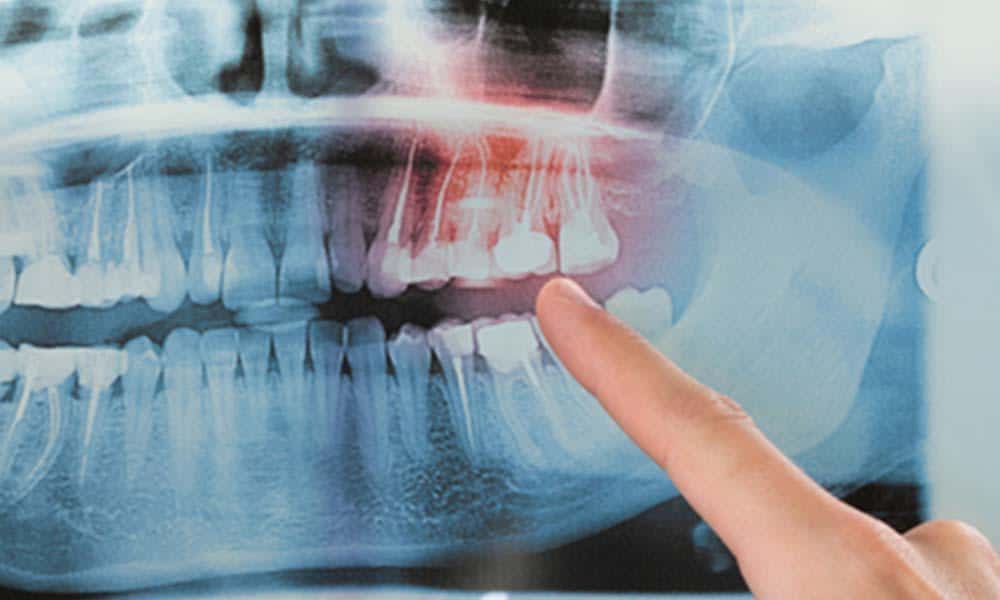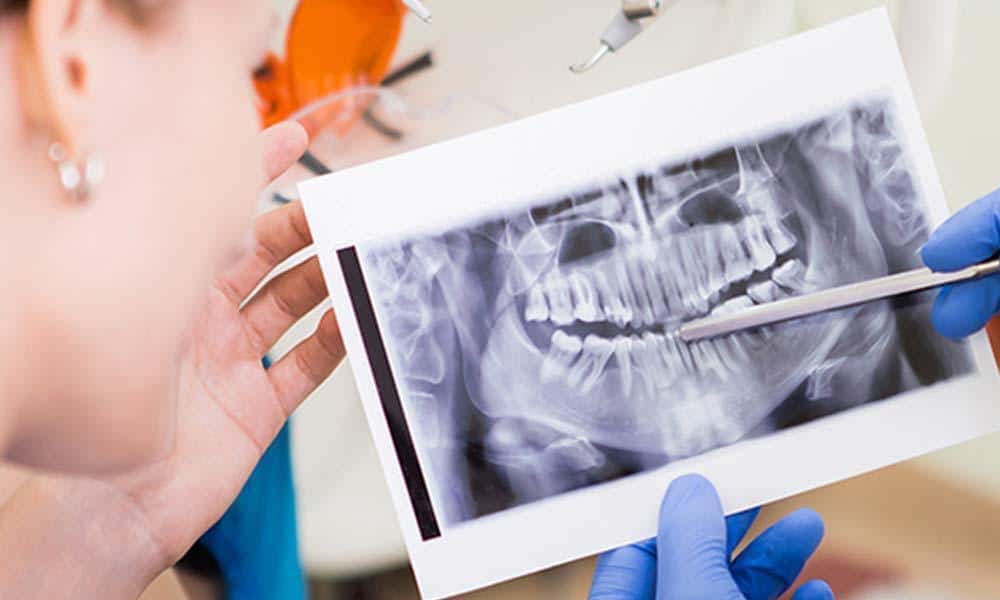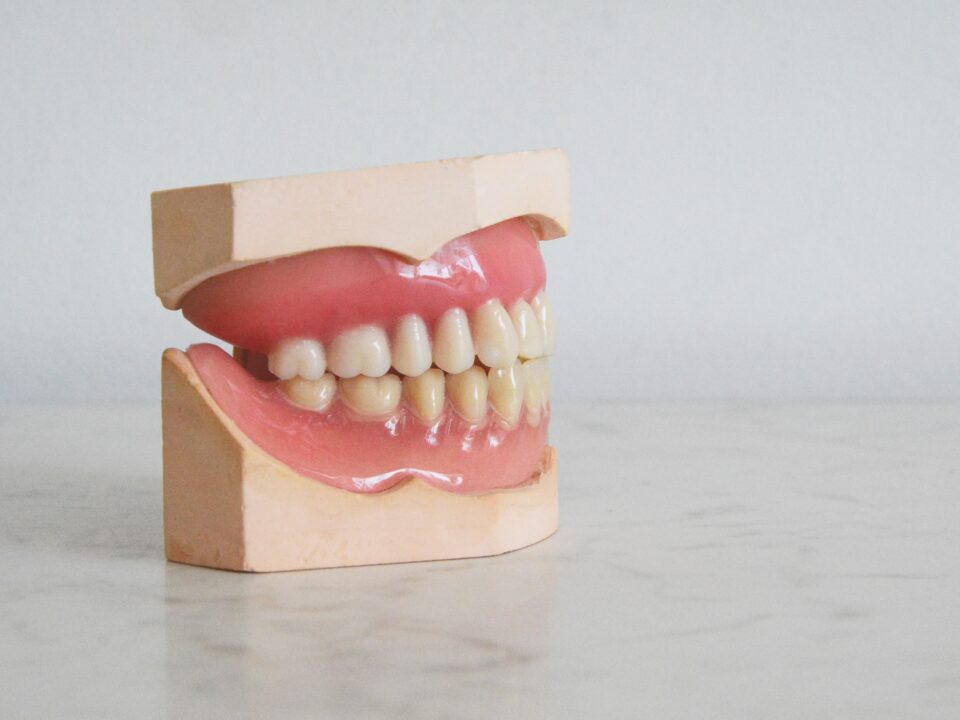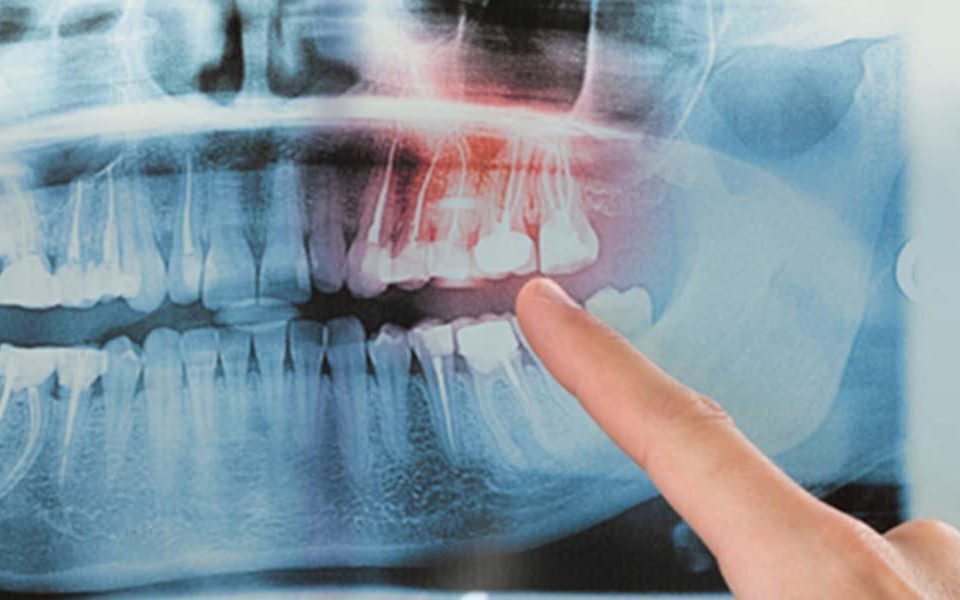
Periodontal Maintenance
October 9, 2014
Why Is Bone Grafting Necessary for an Implant?
June 15, 2015Osseous surgery is a fairly straight-forward periodontal procedure that isn’t overly invasive. It’s usually the final step in treating periodontal disease. Periodontal Disease is the result of infections and inflammation of the gums and bone that surround and support the teeth. The procedure is performed by a periodontist, a dental specialist dealing with the gum area. The surgery is a procedure done when you have a pocket around a tooth or teeth that has not responded to other treatments, such as scaling and root planing, or a maintenance program. Here’s what to know about osseous surgery and how to treat that periodontal pocket once and for all.
Who Needs Osseous Surgery?
If you have periodontitis, then you have probably already gone for your exam, deep cleaning, and reevaluation exam that checks the pocket depths for reduction in depth and with bleeding around the gums. If your pocket depths have not improved enough, or have gotten worse, then your doctor may recommend osseous surgery.
[Related: Endodontic Surgery – Root Amputation vs. Apicoectomy]
Osseous Surgical Procedure
Osseous surgery is a procedure used to smooth and reshape the affected bone. The procedure creates a shallow pocket that makes it more difficult for more aggressive bacteria to survive. This surgery includes a thorough cleaning of the root surface and smoothing the surface of uneven bone caused by periodontitis. The goal of the surgery is to eliminate the existing bacteria and infection, and to stop the decaying process and prevent further damage caused by the progression of periodontal disease. This, in turn, will help you maintain a healthy mouth, healthy body, and healthy smile.
Surgical Process
The osseous surgery process itself takes about an hour to an hour and a half per quadrant of the mouth. The length of surgery depends on how big of a section needs to be cleaned, as well as whether the patient needs bone grafting or guided tissue regeneration.
Patients are awake for the procedure, but the doctor will give you local anesthesia. Many people think of osseous surgery as an extra deep cleaning procedure. After numbing the area, the doctor will then open up the gum tissue around the area to be treated, lifting it away from the teeth and underlying bone. This allows the doctor access and direct vision of the bone and tooth root surface. Using hand-powered instruments and tools, the doctor will clean and smooth the root surface and bone surrounding the root.
The surface of the bone that is uneven (because of the destruction caused by the body’s response to a bacterial attack) is smoothed to make a better surface for repair and development of a healthy attachment system. After the roots have been cleaned and the bone has been reshaped, the gum tissue is trimmed to match the new underlying structure and stitched in place.
[Related: Five Signs You May Need Endodontic Surgery]
Bone Grafting
In some cases, patients may need bone grafting with or without guided tissue regeneration membrane (which is placed to act as a barrier preventing gum from growing down into the pocket). Periodontitis causes bone loss. If your disease has eaten away bone causing deep pockets, bone grafting may be done to help regenerate some of the bone you have lost. Bone grafting may sound scary, but it is basically bone particles (synthetic, bovine, or human) that look like sand, mixed with antibiotics and placed into the area where you’ve lost bone. Your body begins to heal the area, thereby incorporating your own bone and regenerating some of the bone density you have lost.
After the cleaning, smoothing, tissue trimming, and possible bone-grafting, the doctor will stitch everything back into place to complete the osseous procedure.
[Related: What is Tissue Grafting?]
Post-Surgical Healing
During the post-surgical healing phase, a doctor will prescribe pain medication along with antibiotic and antibacterial mouthwash. The stitches will either fall out on their own, or be removed 7 to 21 days after surgery. Your periodontal office will need to check the surgical site during a few regular visits. During this visits they will track the healing progress. Expect a visit a couple of weeks after the surgery and three to six months post-surgery to ensure complete healing. Most people are up and about the next day.
You may find that a tooth or a few teeth appear longer in your mouth. This is due to the bone loss and removal of small amounts of tissue. This can occasionally result in some root sensitivity or food impaction, depending on the severity of the disease. You can treat sensitivity issues with applications of fluoride or using a sensitivity gel or toothpaste.
[Related: How To Deal With Tooth Pain]
Home Care Instructions
The office will give you home care instructions to follow at home. Instructions include how to keep the area clean and what you can and cannot eat. Try to keep foods cold or room temperature for the first couple of days post-surgery.
In addition to eating food with soft texture, low in fiber and easy to digest you should also avoid hot, spicy, acidic, or crunchy foods. We recommend eggs, room temperature oatmeal, yogurt, room temperature pasta, or milkshakes. Avoid drinking out of a straw, as well as smoking and spitting for about five days.
It is important to remember that osseous surgery can be treated by having good dental habits. When you don’t have a good oral hygiene, these periodontal pockets we discuss could lead to tooth loss.
If you have any further questions about osseous surgery, or if you’d like to schedule an appointment, contact Cascadia Dental Specialists today!





